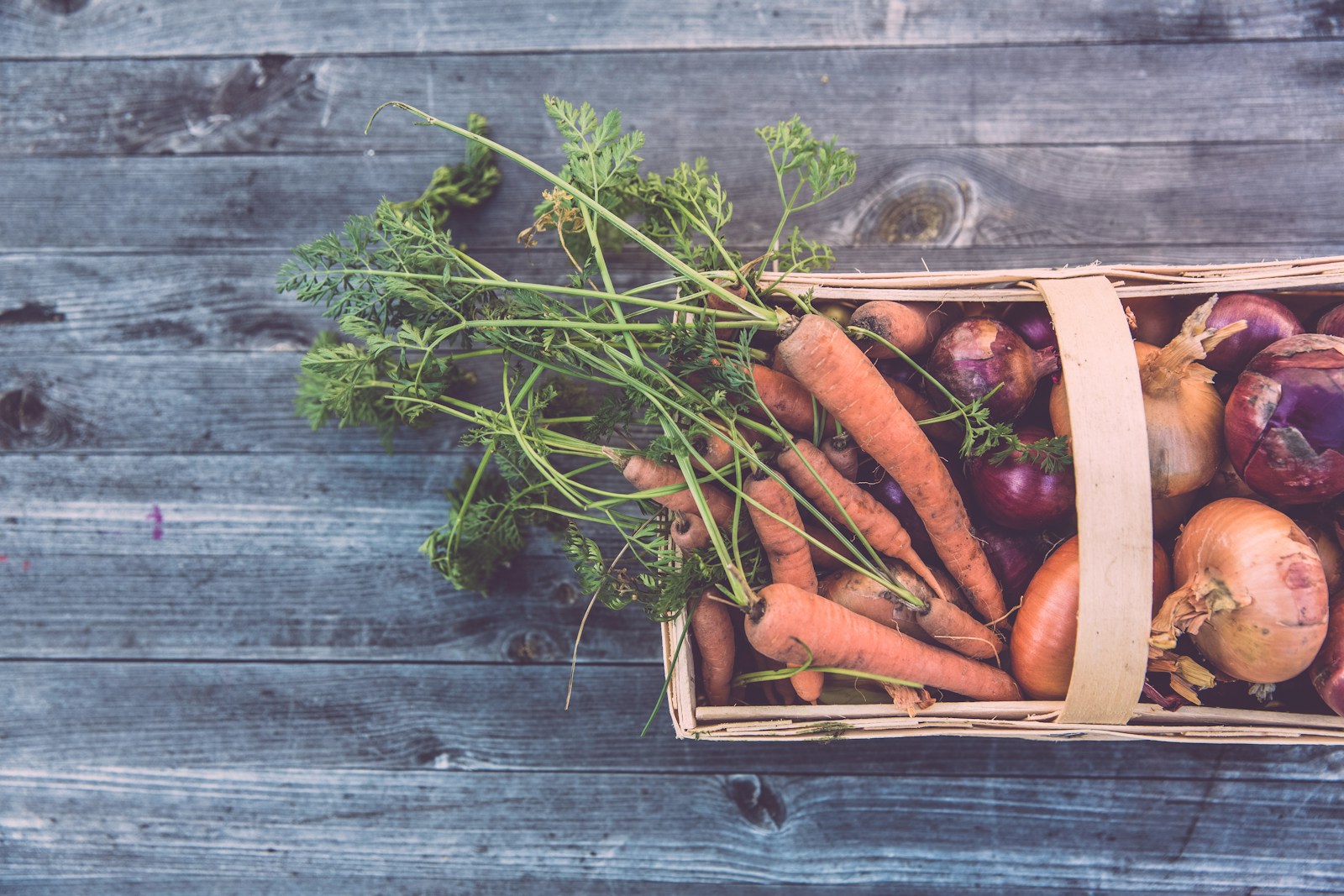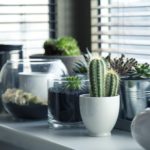Container gardening is a versatile and convenient way to grow your own vegetables, even if you have limited space or lack a traditional garden. With the right techniques and care, you can create a thriving container vegetable garden that yields an abundance of fresh produce.
Choosing the Right Containers
The choice of containers plays a crucial role in the success of your vegetable garden. Consider these factors when selecting containers:
- Size: Choose containers that provide enough room for root growth. A general rule is to opt for containers with at least 12 inches in diameter.
- Drainage: Ensure that each container has drainage holes at the bottom to prevent waterlogging, which can lead to root rot.
- Material: Different materials have different properties. For example, terracotta pots are porous and allow better airflow but may require more frequent watering compared to plastic or resin pots.
Selecting Suitable Vegetables
Certain vegetables thrive better in containers than others due to their size, growth habit, and adaptability. Some popular options include:
- Tomatoes: Compact varieties such as cherry tomatoes or determinate types are ideal for containers.
- Lettuce: Leafy greens like lettuce can be grown in shallow containers since they have shallow roots.
- Herbs: Basil, parsley, mint, and other herbs do well in small pots on windowsills or balconies.
- Peppers: Both sweet and hot peppers can thrive in containers, provided they have enough space for root development.
Providing the Right Growing Conditions
To ensure your container vegetables flourish, it is essential to provide them with suitable growing conditions:
- Sunlight: Most vegetables require at least six hours of direct sunlight daily. Place your containers in a sunny location or use grow lights if natural light is limited.
- Watering: Container gardens tend to dry out faster than traditional gardens. Check the moisture level regularly and water when the top inch of soil feels dry. Avoid overwatering, as it can lead to root diseases.
- Fertilizing: Since container plants rely on potting mix for nutrients, regular fertilization is crucial. Use organic fertilizers or slow-release granules according to the specific needs of each vegetable variety.
- Pest Control: Monitor your plants regularly for signs of pests or diseases. Introduce natural pest control methods like companion planting or using insecticidal soap if necessary.
Maintaining Proper Soil Health
The quality of soil used in containers significantly impacts plant health and productivity. Follow these guidelines for maintaining proper soil health:
- Potting Mix: Use a high-quality potting mix that provides good drainage while retaining moisture and nutrients. Avoid using garden soil alone as it may compact and hinder root growth.
- Aeration and Drainage: Add perlite or vermiculite to improve aeration and drainage in heavy potting mixes.
- Regular Soil Amendments: Over time, nutrients in the potting mix can deplete. Add organic matter like compost or well-rotted manure to replenish essential nutrients.
Harvesting and Enjoying Your Produce
The joy of container gardening lies in harvesting and enjoying the fruits of your labor. Follow these tips for a bountiful harvest:
- Timing: Harvest vegetables when they reach their peak ripeness. This ensures optimal flavor and texture.
- Continuous Planting: To extend your harvest season, stagger plantings at regular intervals so that new plants are ready to replace harvested ones.
- Creative Recipes: Experiment with different recipes to make the most of your homegrown produce. Whether it’s a fresh salad or a flavorful stir-fry, let your creativity shine.
A successful container vegetable garden requires careful consideration of container selection, suitable vegetable choices, proper growing conditions, soil health maintenance, and timely harvesting.
By following these guidelines and adapting them to your specific situation, you can create a thriving garden that provides you with fresh and delicious produce throughout the growing season. So start planning today and enjoy the benefits of growing your own vegetables right at home!



